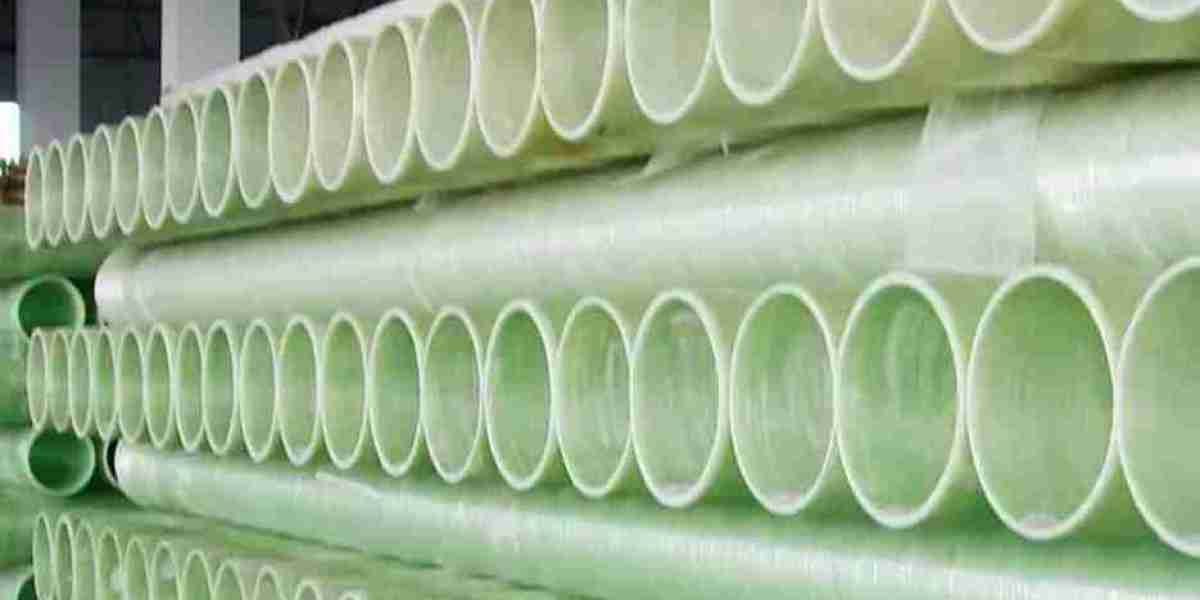The global Glass Fibre Reinforced Plastic (GFRP) composites market is experiencing rapid expansion due to increasing demand across industries like automotive, aerospace, construction, and marine. GFRP composites offer high strength, corrosion resistance, and lightweight properties, making them ideal for applications where durability and performance are essential. However, entering this competitive market requires careful planning, understanding of industry dynamics, regulatory compliance, and effective marketing strategies. This article explores the critical factors businesses must consider when entering the GFRP composites market and the strategies necessary for success.
1. Understanding Market Demand and Trends
The GFRP composites market is driven by various factors, including sustainability, technological advancements, and the increasing need for high-performance materials. Key trends include:
- Lightweight materials in automotive and aerospace sectors to improve fuel efficiency and performance.
- Growth in renewable energy applications, such as wind turbine blades, where GFRP composites enhance durability.
- Infrastructure development projects, particularly in bridges, pipelines, and construction, where corrosion resistance is a significant advantage.
- Innovations in manufacturing processes, such as automated fiber placement and resin infusion, improving cost efficiency.
Companies entering the market must analyze these trends and align their product offerings with industry demands.
2. Market Entry Barriers and Challenges
New entrants in the GFRP composites market face several challenges, including:
- High initial investment in manufacturing equipment and research & development.
- Complex regulatory standards governing materials used in different industries.
- Competitive landscape dominated by established players with strong supply chain networks.
- Raw material price fluctuations affecting production costs and profit margins.
- Technological advancements requiring continuous innovation to remain competitive.
Overcoming these barriers requires strategic planning, partnerships, and investments in advanced production techniques.
3. Regulatory Compliance and Certification
Compliance with industry standards is crucial for success in the GFRP composites market. Key regulations include:
- ISO 9001 and AS9100 for quality management in aerospace and industrial applications.
- ASTM and EN standards for structural applications in construction and automotive industries.
- Environmental regulations promoting eco-friendly composite manufacturing processes.
Companies should obtain necessary certifications early in the market entry process to build trust with customers and streamline business operations.
4. Strategies for Market Penetration
To establish a strong presence in the GFRP composites market, businesses can adopt the following strategies:
A. Differentiation Through Innovation
Developing advanced composites with improved mechanical properties, fire resistance, and sustainability features can create a competitive edge.
B. Strategic Partnerships and Collaborations
Collaborating with OEMs (Original Equipment Manufacturers), research institutions, and material suppliers can accelerate market entry and enhance product adoption.
C. Cost-Effective Manufacturing Approaches
Implementing automation and lean manufacturing techniques can reduce production costs and improve efficiency.
D. Targeted Marketing and Customer Engagement
A strong marketing strategy, including digital presence, trade shows, and direct customer engagement, can help attract potential buyers and industry partners.
5. Future Growth and Expansion Opportunities
The GFRP composites market is expected to grow significantly in the coming years, with rising investments in infrastructure, defense, and electric vehicles. Emerging markets in Asia-Pacific and the Middle East present lucrative opportunities for new entrants. Companies that focus on sustainability, technological advancements, and customized solutions will gain a competitive advantage in this evolving market.
Conclusion
Entering the GFRP composites market presents both opportunities and challenges. By understanding market dynamics, addressing regulatory requirements, leveraging innovation, and implementing effective business strategies, new entrants can establish a strong market presence. With the increasing adoption of lightweight, durable materials across industries, the demand for GFRP composites is set to rise, making this a promising sector for growth and investment.



